This past August, while I was riding my bike along one of my usual routes through Seattle’s northeast neighborhoods, I saw a moving truck backed onto the gravel parking spot in front of a white-clapboard single-story house. Sticking out from the back of the truck were four wooden rods with stainless-steel sleeves on the ends. I thought they looked like the ends of take-apart paddles and coasted up to the truck to take a closer look. I met the young couple, Kelly and Samantha, who were in the process of loading the truck, and when I asked about the paddles, they showed them to me and Kelly said, “If you want them, they’re yours.”
The paddles were homemade and very long. I was about to say that I didn’t need them when Kelly added, “If you want the canoe they’re for, you can have that too. It’s in the back yard.” I wasn’t expecting to be interested in it either, but it was a plywood lapstrake canoe and I recognized it by its straight raked sternpost as a Piccolo, designed by Robert Baker. I biked home, got my car, and drove back for the canoe and its paddles.
As I was in the last few days of getting this issue of Small Boats finished, I needed to take a break and took the canoe to paddle around Foster Island, part of a park on the shore of Lake Washington. The island is just a third of a mile long, surrounded by marsh and waterlilies, and separated from the mainland by only a creek-like passage that is shallow enough to wade across.
When I arrived at the parking lot closest to the launch site there was only one spot left but it was taken up by a green ride-share bicycle and scooter. I got out of the car and moved the bike. When I pushed the scooter out of the way, I had my head down and didn’t notice a low branch sticking straight out from a maple tree; I plowed into it with the top of my skull, which made my ears ring and, as blows to my head always do, put a damper on my mood.
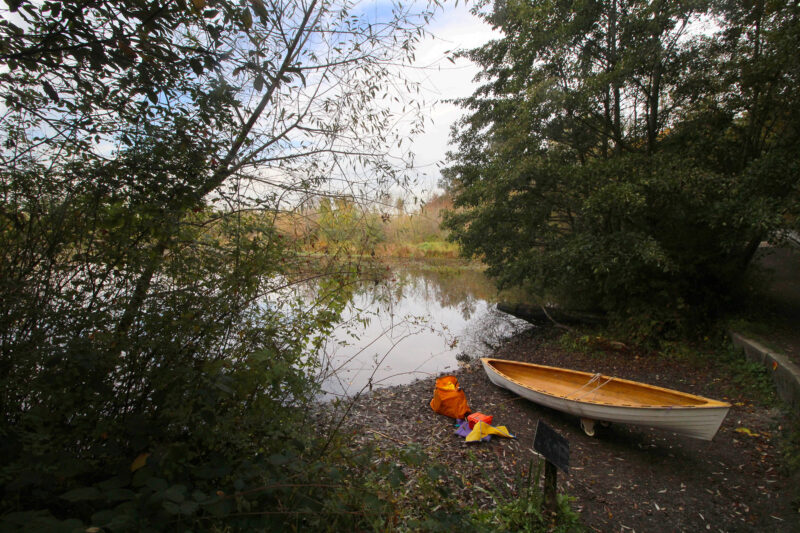
The launch site is just a short walk down a gravel path from the parking lot.
I set the canoe on the cart I’d brought and, as I was tying it on, the cart rolled over and the canoe thudded to rest on the cart’s side. I crawled under the canoe, lifted it, turned the cart upright, and this time got the canoe tied down. At the launch site I set the canoe in the water and filled three dry bags with lake water to use as ballast. The only other times I’d been afloat in the canoe was with a single-bladed paddle instead of the double blade for which it was designed, and with my weight off-center to reach over the canoe’s 30” beam with a too-short paddle, I didn’t feel very stable. I could easily imagine why someone would happily give the canoe away.
I put the largest of the three bags, carrying about 30 lbs of water, into the stern. The other two bags were compression bags, and after I filled the first one and put it in the bow, the one-way valve to purge air sent an arc of water in against the side of the hull. I rolled the bag to put the valve on top and that stopped the flow. When I loaded the second bag on board, its top, which is like a soft-sided bowl attached by four straps as part of the compression system, scooped up a half-gallon of water and spilled it into the canoe. I hadn’t brought a sponge and needed some sort of bailer, otherwise I’d have to pull everything out, roll the canoe on its side, and start packing again.
At the top of the path leading to the launch site there was a garbage can. I peeked in but there were no cups that could serve as bailers. I found a 12-oz seltzer can in the car, cut off the top with a pocketknife and used that to scoop the water out. I’d brought a folding camp seat, the kind used to provide a cushion and a backrest when sitting on ground, and as soon as I’d set it in the boat I realized that I’d need both hands on the gunwales to get aboard and wouldn’t be able to hold the seat open to get into it. This was not turning out to be the restorative break from work that I’d had in mind. I used a line, stretched across the gunwales, to hold the seat back upright.
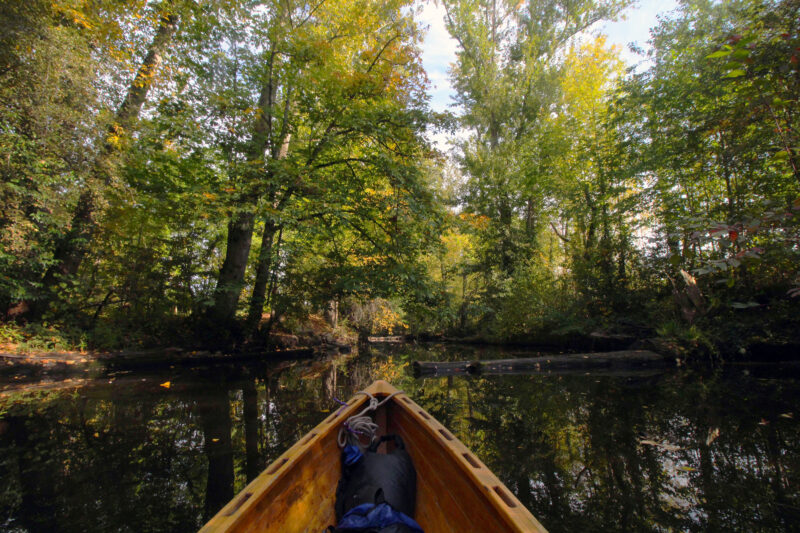
The passage around the southeast corner of Foster Island was darkened by a canopy of trees and obstructed by the submerged and semi-submerged trunks of trees that had fallen years ago.
I finally got underway to make a clockwise circumnavigation of Foster Island and headed to a path of open water between expanses of lily pads. I had paddled only a few dozen yards before getting stuck in the mud. I made the mistake of turning around rather than backing out and it was several minutes before I got free again. I headed in the opposite direction and entered the narrow passage on the island’s southeast side. It is shallow and the bottom is littered with fallen tree limbs that are invisible in the mud. I could only feel them nudging the bow sideways or bringing the canoe to a stop. Not quite 300 yards in, I was stopped by a log about 8” below the surface. I made several attempts to get by, but it spanned the entire width of the passage.
I turned around again and took a different route through the lily pads on the southwest side of the island. Beyond the lily pads the water was more open and I paddled under a footbridge that connects the northwest corner of Foster Island to the much smaller Marsh Island. When I reached Union Bay Passage, the waterway that connects Lake Washington to Lake Union, I retrieved a can of root beer from the dry bag in the stern and took a break. Between sips of root beer, I tucked the can into the front of my PFD and paddled to a second footbridge on the other end of Marsh Island.
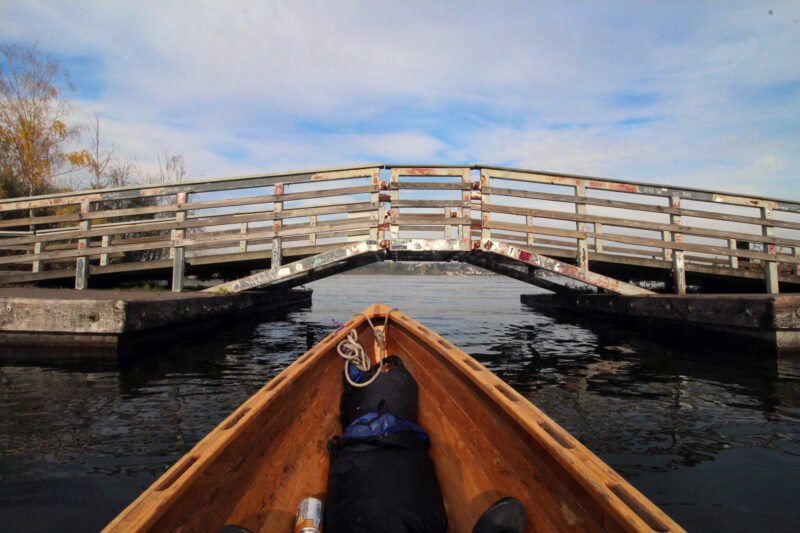
A walking path connects Foster Island, on the right, to Marsh Island, on the left. Beyond it is Union Bay.
In the short time I’d been paddling, I’d begun to relax. I paddled up close to a raccoon busily gnawing at its backside, a great blue heron watching me with the full golden circle of its eye, and hooded mergansers with their extravagant black-and-white crests sprinting across the water as they took flight.
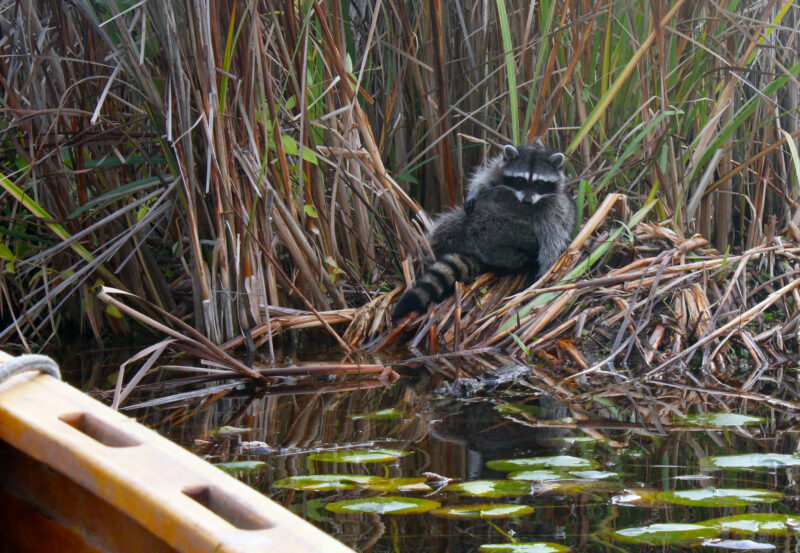
I was just less than a half-canoe-length away from this raccoon before it took a break from chewing on its backside to look at me. I backed off before I got so close that it could have jumped on board.
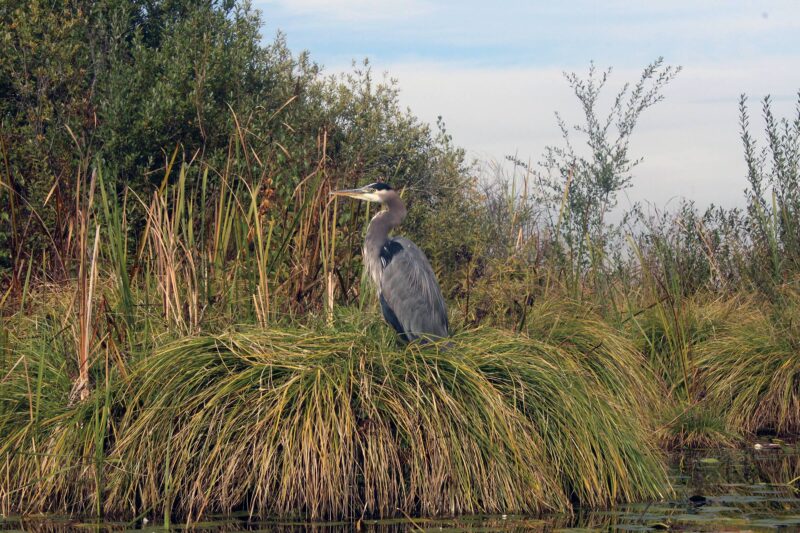
When I coasted by this great blue heron, it raised its head to keep an eye on me. Although I was only about 20′ away, the bird didn’t take flight.
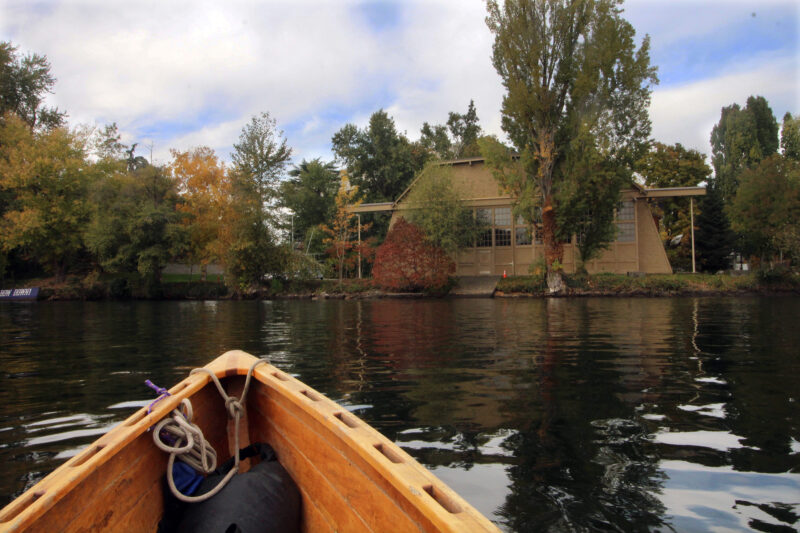
At the point where Lake Union Passage enters the Montlake Cut stands the original University of Washington shell house where the crew made famous by the book The Boys in the Boat stored their racing shells.
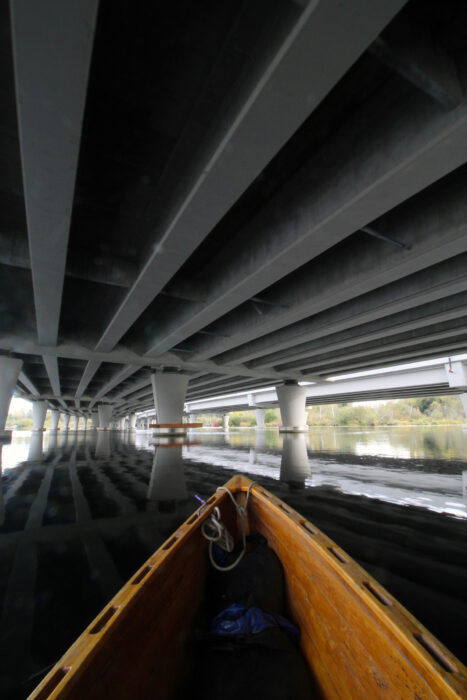
The two overpasses of Washington State Highway 520 carry traffic over the backwaters of Lake Washington’s Union Bay to the 2-mile-long floating bridges across the lake itself.
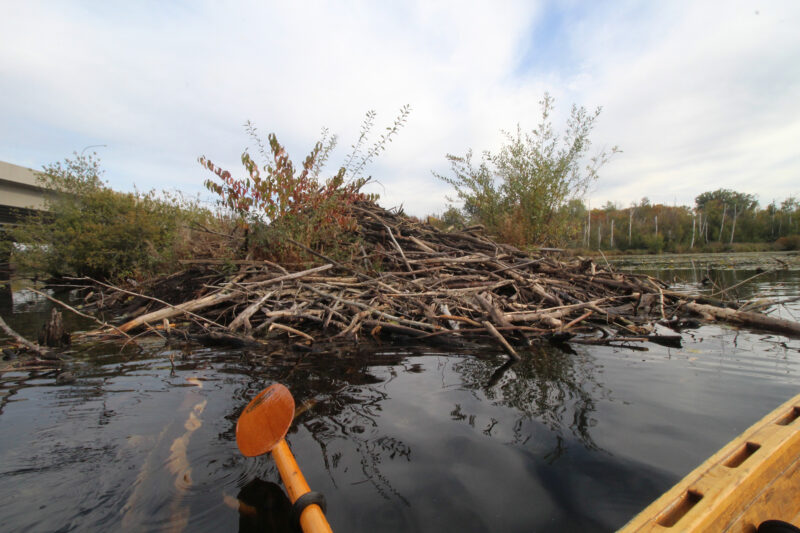
Along the shoreline there were many places where trees had fallen into the lake. The beavers living in this island-like lodge are the likely culprits.
Before I returned to the launch site, I paddled into one of the fields of lily pads, let the canoe come to a stop, and untied the seat’s backrest to lie down in the canoe—a test to see if it was well suited for sleeping aboard. As I stretched out, my butt slipped off the pad and into the water that remained in the bilge. I scooted back onto the pad and tried again. This time it was my shoulder that was suddenly wet. I sat up and looked for the water, but there was none, neither in the bilge nor seeping from the water-filled dry bag. Slowly, I laid myself down again and again felt wet not only on my shoulder but also on my chest: it was root beer pouring out of the can that I’d tucked in my PFD.
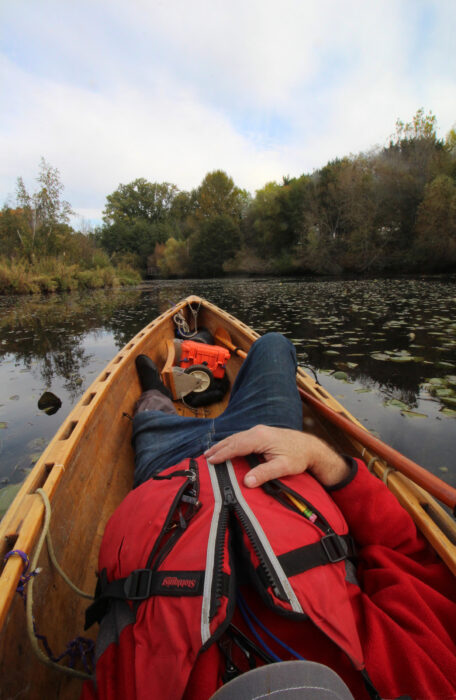
The Piccolo was surprisingly roomy and I could lie down with just enough room to keep from feeling cramped. I’m a side sleeper and the canoe could accommodate me if spending a night aboard.
I drank what was left, crumpled the can, and tossed it into the bow. I lay down again, damp, slightly sticky, and smelling like sassafras, but very comfortable. The canoe was so still it could have been aground. With the only sound coming from a bird with a one-note chirp, I let the quiet sink into me and imagined spending a night in the canoe in places not so easily reached in my larger boats, boats that had so many elements that somehow kept me busy throughout a day of cruising.
Once back at the launch, I took all the gear and water ballast out of the canoe and paddled it in the open water near the shore. With the long double-bladed paddle, the canoe was much more stable than I’d previously given it credit for. I packed up and drove home at ease, energized by the future I saw for the Piccolo and me.![]()

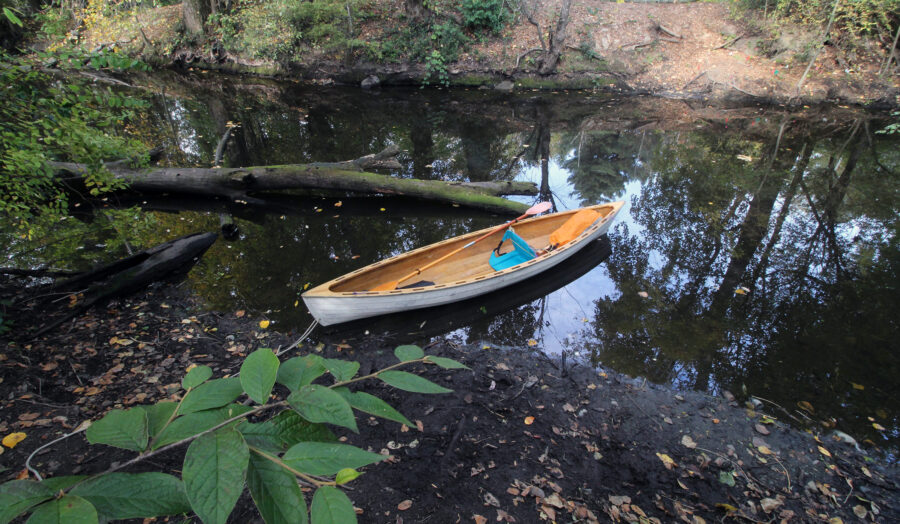

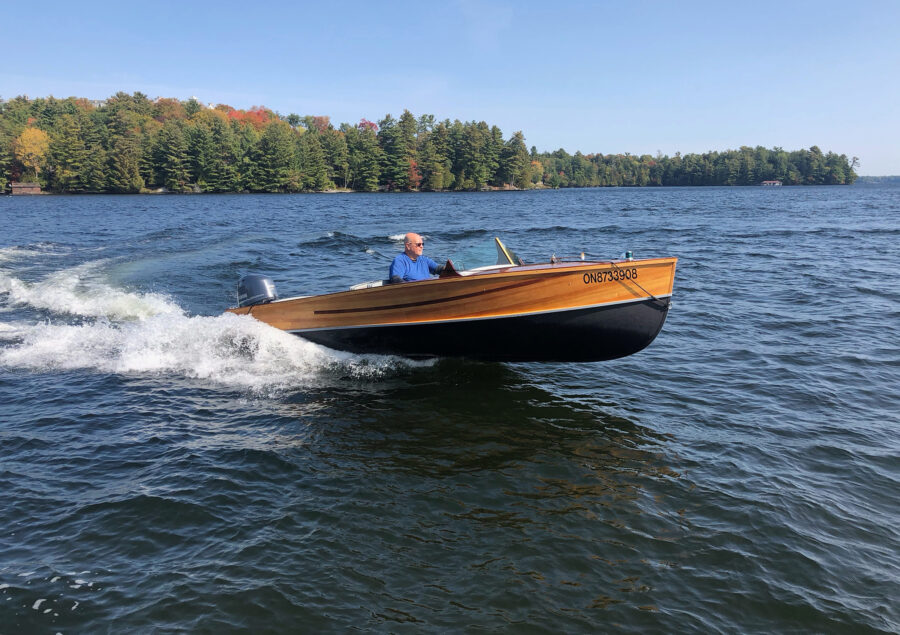
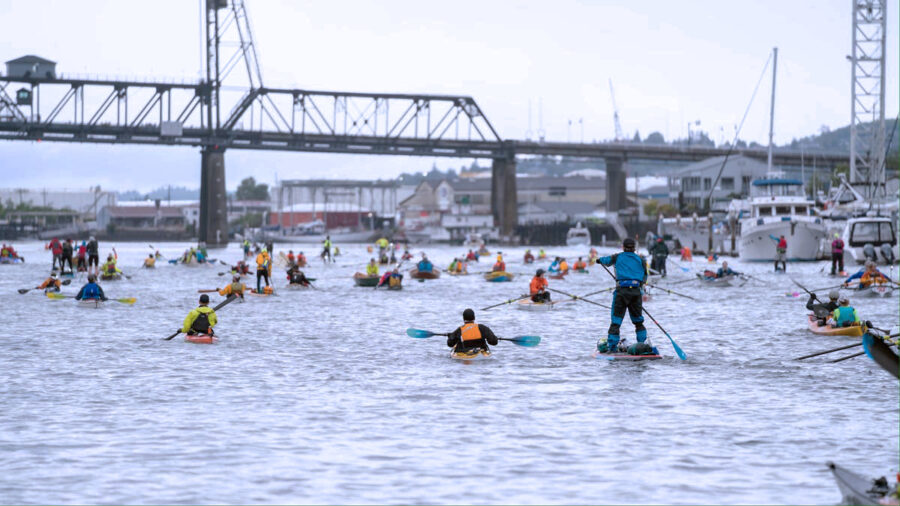
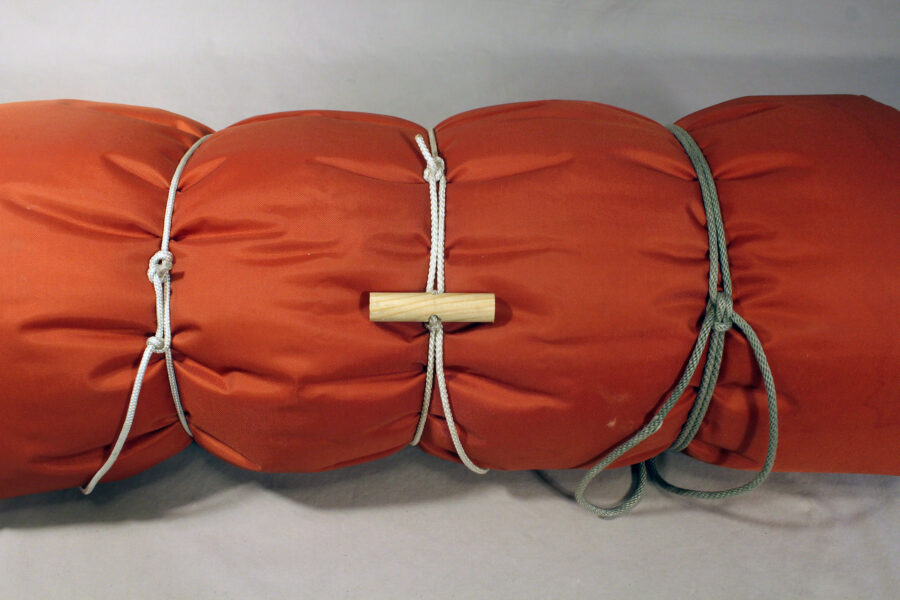
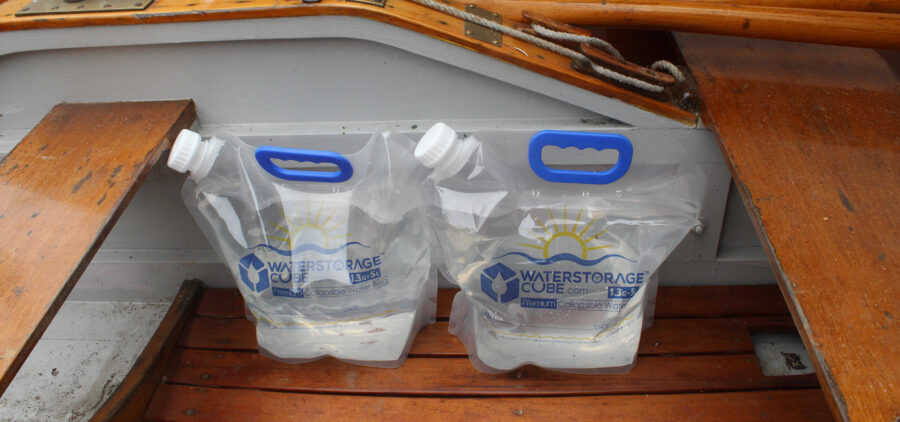
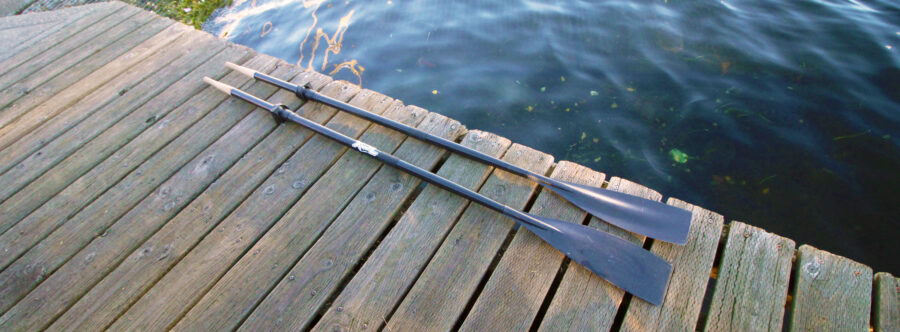
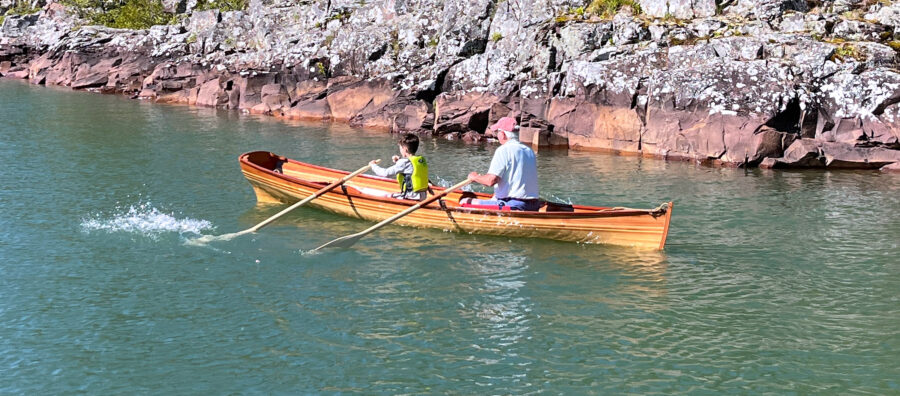
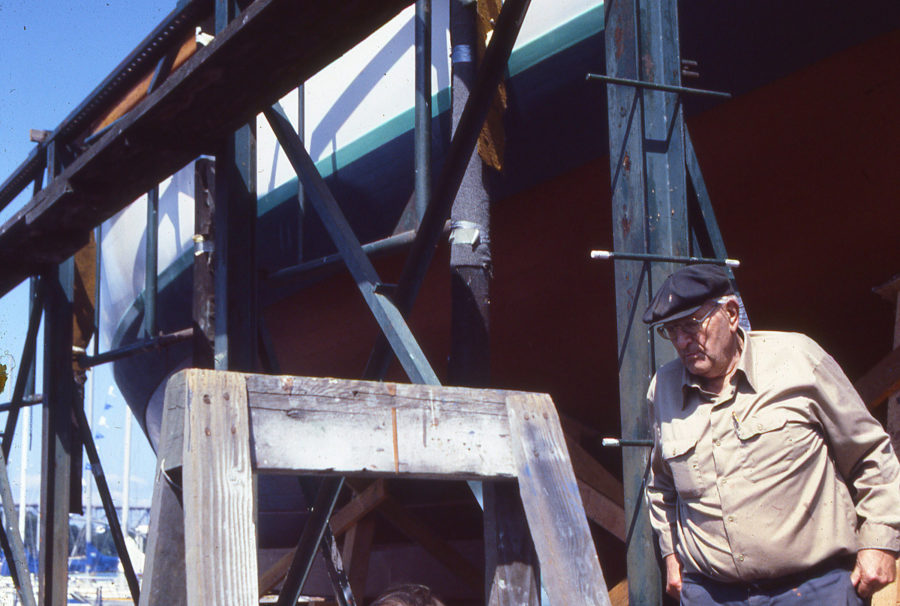
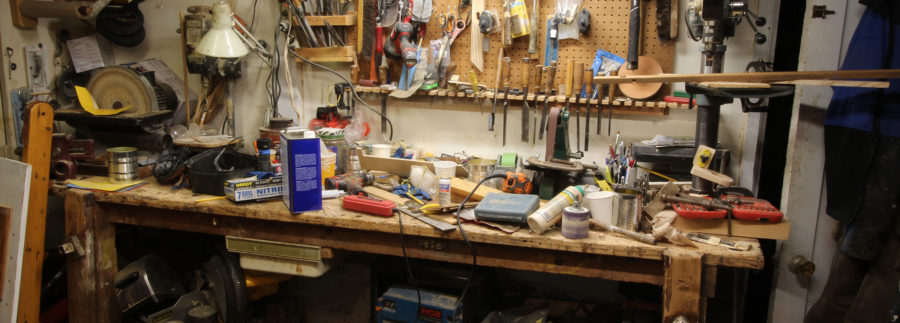
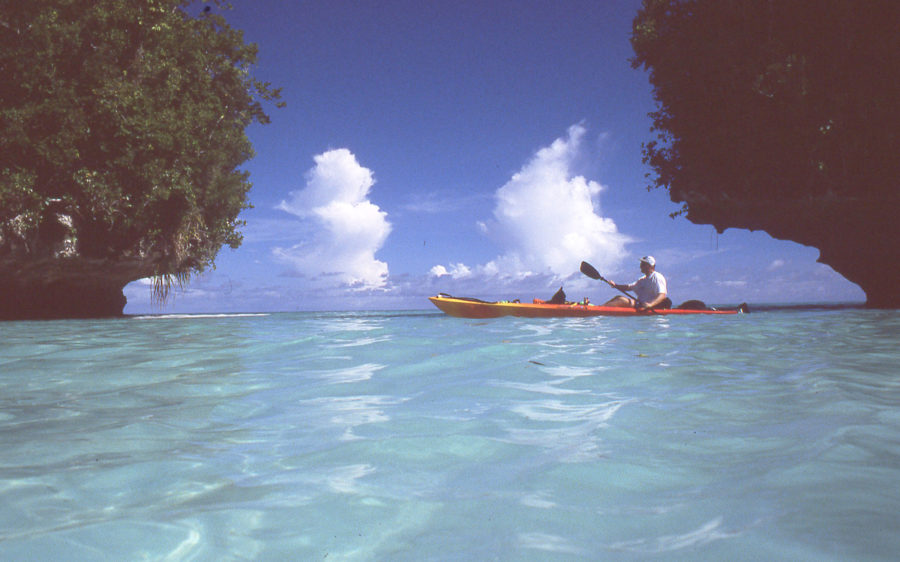
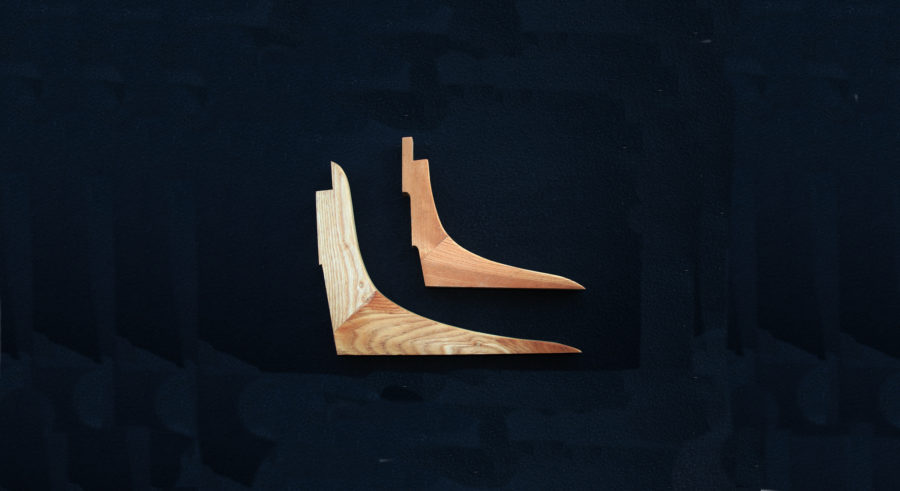
Your writing is always a pleasure to read. I can relate to the various mishaps in this story. Sometimes my day starts like this and I think about putting my sailboat back on the trailer and going home. Fortunately things usually get better as the day progresses.
A Lovely day on the water…
Great root beer story! A real coffee spurter..!
Some boating days are like that! (Yeah, they are)
But it’s always good to be on the water!
As a life long paddler and in my upper 70s, I have discovered these lightweight Adirondack-style canoes and the places they can take you . I paddle along the south Jersey coast where we have extensive marshes and there is lot of wildlife to see in these tidal creeks. Still learning that the easier the boat is to use, the more use it will see.
Great find and free!!
Most “free” boats require unanticipated attention.
I love free stuff too. The pleasure derived from paddling someone’s gifted vessel can not be surpassed. I was given a 1970s-era Grumman 17(not a wooden piece of art like the Piccolo but still a watertight paddling vessel) and after replacing the center thwart with a padded folding seat, I can paddle it with an extra long double bladed paddle and don’t have the oil-drum sound as the bow hits a wave.